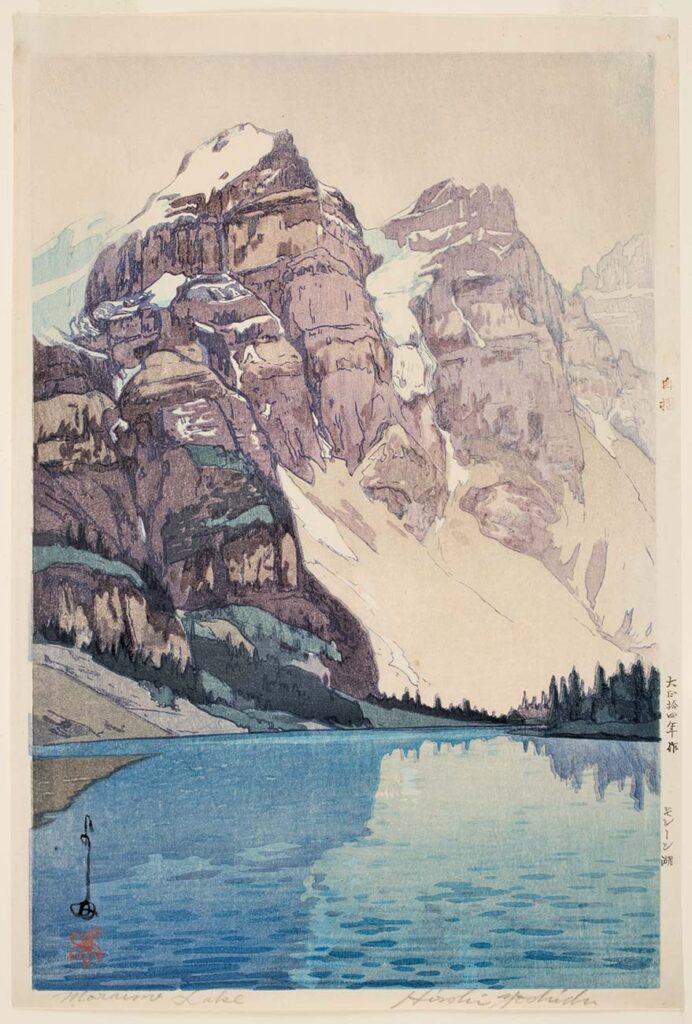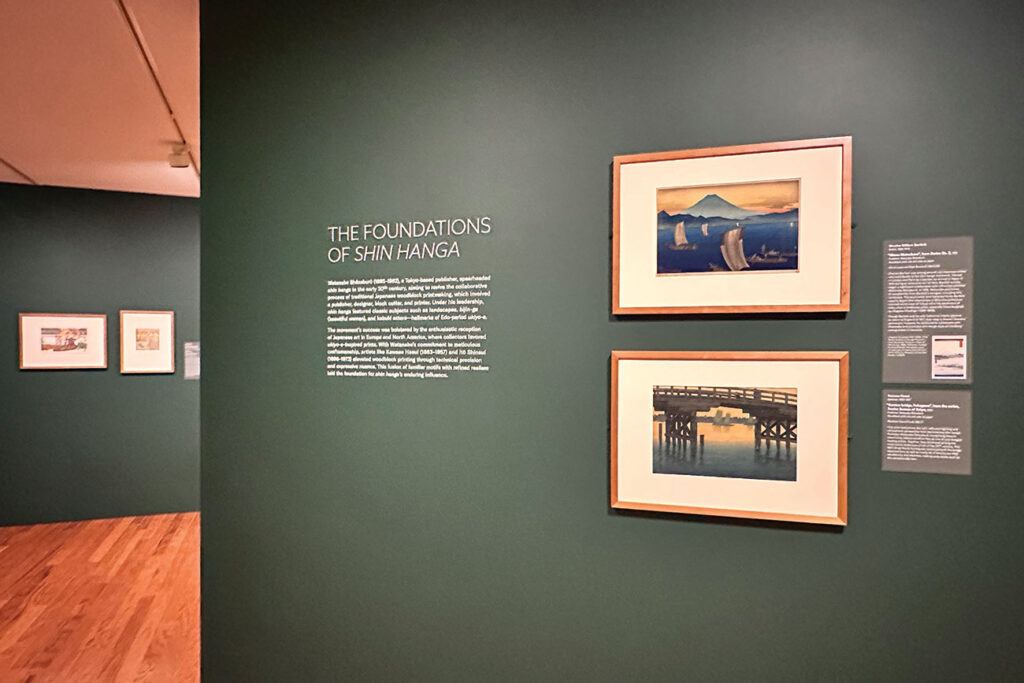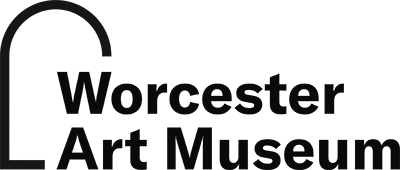By Fiona Collins-Rosedahl, Assistant Curator of Asian Art

Shin hanga (新版画, “new prints”) emerged in early 20th-century Japan as a revival of traditional woodblock printmaking. This movement blended time-honored techniques with Western influences drawn from impressionism and art nouveau. Led by publishers such as Watanabe Shōzaburō, shin hanga brought together designers, carvers, and printers to create high-quality publications appealing to both Japanese and foreign audiences. Artists trained in both Western and Japanese painting styles introduced a stronger emphasis on light, atmosphere, and emotion, achieving watercolor-like effects through subtly layered ink gradations.
The Worcester Art Museum was among the first institutions in the United States to collect shin hanga works and build relationships with the movement’s artists. Yoshida Hiroshi and his son Toshi—both featured in the current exhibition, Reflections of a Changing Japan: The Evolution of Shin Hanga—visited the Museum multiple times during “circuit” exhibitions designed to introduce contemporary Japanese art to Western collectors.
Yoshida Hiroshi first visited WAM in 1904 for an exhibition in which he and his wife Fujio each presented 75 watercolors to much critical acclaim. Their watercolors depicted Japanese landscapes in soft pastels with impressionistic light—elements that would later characterize his iconic shin hanga landscapes of the 1920s and ’30s. While Fujio assisted her husband and created prints herself during this period, she is better known for abstract floral prints created in the 1950s and afterwards.
Enjoy more articles like this in access, the Museum’s Member magazine. Members receive year-round free admission, tickets to events, and more.
Hiroshi established his own printing studio in 1925, which met with great commercial success worldwide. His work was displayed at WAM in January 1927 alongside a number of other famous shin hanga artists such as Ito Shinsui and Ohara Koson in a temporary exhibition. After Hiroshi’s death in 1950, the studio was taken over by his and Fujio’s son, Toshi Yoshida, who visited WAM in March 1954 during another circuit exhibition organized by Japan Society Inc. of New York. This visit appears to have been arranged on short notice, likely around the time WAM’s curator of Japanese prints, Alice Mundt, had acquired works from the New York leg of the exhibition just one month earlier.
An amusing anecdote relates how Toshi, attempting to organize a day trip to Worcester from Grand Central Station, was mistakenly issued a train ticket to Brewster, MA. After calling WAM’s director at the time, George L. Stout, and arranging a flight (which was further delayed by inclement weather), he arrived just in time to give a demonstration to the Museum’s leadership.
The 1953–54 circuit had a significant impact on Toshi’s artistic development, placing him at WAM at a pivotal moment not only in his own career but also during shin hanga’s broader adaptation of emerging aesthetic trends. Starting as a shin hanga printmaker following in his father’s footsteps, he occasionally engaged with more experimental design styles as his American travels exposed him to new contemporary art influences, including abstract expressionism. Toshi returned to the Museum once more in 1967.

This article is featured in the spring/summer 2025 edition of the Worcester Art Museum’s access Member magazine.
Reflections of a Changing Japan: The Evolution of Shin Hanga, March 29–June 29, 2025.
Stay connected! Sign up for the Worcester Art Museum’s email newsletter.

